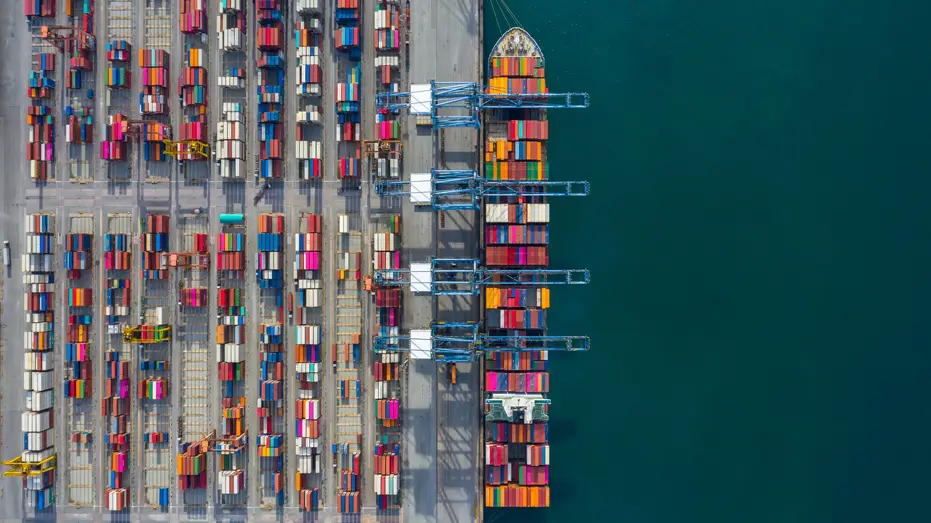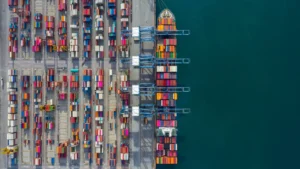Based on The Money Magazine article published in September 2025
The sudden introduction of a 39% customs duty on selected Swiss exports to the United States has shaken Switzerland’s manufacturing sector. For industries such as machinery, pharmaceuticals and precision goods, the U.S. market is a cornerstone. The tariff makes Swiss products significantly more expensive, but as Ariel Sergio Davidoff, Co-Founder of Davidoff Law, and his colleagues Agnieszka Kalinowska, Emma Lerner and E. David Smith explains that Swiss businesses have overcome shocks before, most notably when the Swiss National Bank ended its euro cap in 2011.
Three strategic pathways are now on the table. By relocating production to the European Union — for example, to Poland — Swiss firms can benefit from a reduced 15% U.S. tariff alongside EU investment incentives and a skilled workforce. Alternatively, setting up in the United Kingdom offers qualifying goods a lower 10% tariff, rapid company formation under a familiar legal system, and access to new investment zone opportunities. The boldest route is to manufacture directly in the United States, eliminating tariffs (0%) while gaining proximity to customers and access to generous federal and state subsidies, particularly in clean energy and high-tech manufacturing.
For Swiss companies, the message is clear: the 39% duty is a challenge, but also a catalyst. By adapting structures and building cross-border partnerships, businesses can preserve margins, secure U.S. access and turn obstacles into long-term advantage.
Read the full article in The Money Magazine here: Download PDF.
Author contacts
PL: Agnieszka Kalinowska —
UK: Emma Lerner —
US: E. David Smith —
CH: Ariel Sergio Davidoff —
www.davidofflaw.ch










